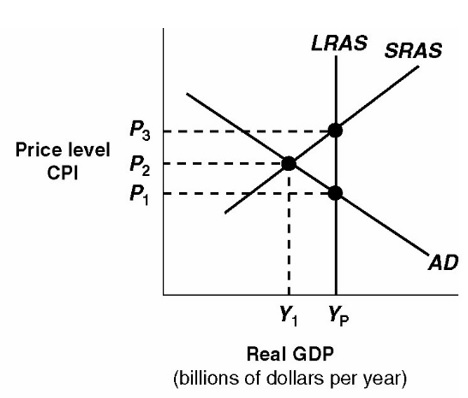The net exports adjustments in aggregate demand includes
A. capital inflows minus capital outflows.
B. capital outflows minus capital inflows.
C. the sum of exports minus imports.
D. the sum of imports minus exports.
Answer: C
You might also like to view...
Reverse repurchase agreements are often used to
A) increase bank reserves permanently. B) increase bank reserves temporarily. C) reduce bank reserves permanently. D) reduce bank reserves temporarily.
Suppose an economy only produces two goods, robots and ice cream. Last month, the economy produced 10 robots and 200 gallons of ice cream. This month, the same economy produced 15 robots and 240 gallons of ice cream. Which of the following statements could explain this change?
a. This month, the economy reduced the unemployment of its resources. b. This month, the economy experienced an improvement in technology. c. This month, the economy experienced an increase in resources d. All of the above are correct.
Which is a major criticism of a monopoly as a source of allocative inefficiency?
A. A monopolist will always make profits and that means that prices are too high. B. A monopolist has an unfair advantage because it can purchase labor at a lower price than competitive firms in other industries. C. A monopolist has no incentive to produce efficiently because even the inefficient monopolist can be assured of economic profits. D. A monopolist fails to expand output to the level where the consumers' valuation of an additional unit is just equal to the monopolist's opportunity cost.
?
A. from unemployed workers causes an increase in nominal wages and a leftward shift in SRAS. B. from unemployed workers causes a rightward shift in SRAS. C. among firms for workers increases nominal wages and this causes a leftward shift in SRAS. D. among consumers causes an increase in the CPI and a rightward shift in SRAS.